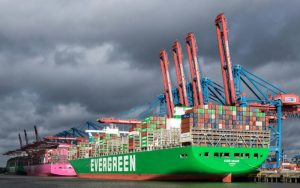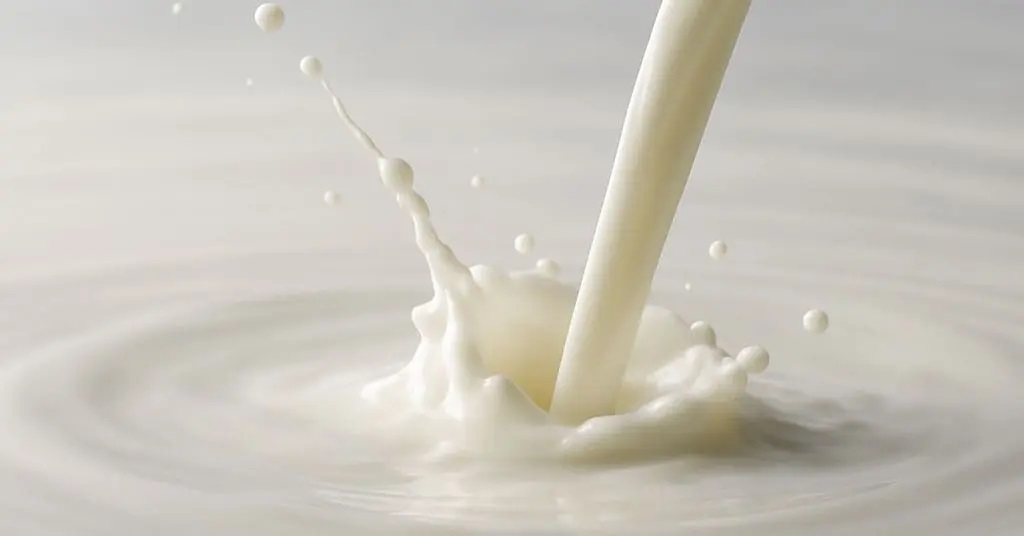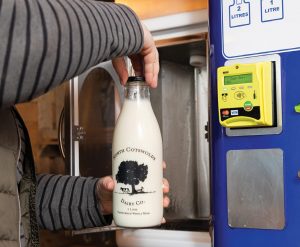
New 10% tax further disadvantages NZ in battle for US market.
Dairy exporters watched in disbelief as United States President Donald Trump verbally slammed protectionist Canadian dairy exporters during his recent tariff announcements – while simultaneously handing them an advantage over New Zealand rivals in the high-value US milk protein market.
NZ dairy exporters had already been anxious about the growing Canadian threat in the US milk protein market, which was worth nearly a billion dollars to them last year.
But Trump’s new 10% tariff on NZ exports to the US threatens to tilt the playing field even further in favour of heavily subsidised Canadian competitors. NZ milk protein exports to the US already faced a 3.5% tariff compared to zero for Canadian exports under the US-Mexico-Canada (USMCA) free trade agreement.
“The reality of what has happened in the past week is we are paying a 10% additional tariff on those protein products and the Canadians are accessing the market completely duty-free under the USMCA,” Fonterra’s director of global stakeholder affairs Simon Tucker said.
“It makes a difficult situation worse.”
Announcing US reciprocal tariffs on April 2, Trump singled out tariffs of 250-300% on US dairy exports to Canada for special mention.
“It’s not a pretty picture and we don’t like it,” Trump said.
In a January 8 letter, the main dairy export lobbies in the US, NZ and Australia wrote to their respective governments calling on them to “use all available tools” to tackle Canada’s system of tariffs and subsidies. These enable Canadian dairy processors to sell on global markets below their cost of production while protecting them from imported competition at home.
Dairy Companies Association of NZ (DCANZ) executive director Kimberly Crewther said the 10% tariff had left NZ milk protein exports to the US at a further “significant disadvantage” to Canadian competitors.
In their January letter, DCANZ and its fellow US and Australian dairy lobbies said Canada’s milk pricing policies coupled with new investment in processing capacity had the potential to unleash a fresh wave of subsidised dairy production on global markets.
“It is ironic that we have been concerned and the US has been concerned about the artificially low-priced product being dumped into markets, and now that [Canadian] product has a tariff preference [in the US] above any other source,” Crewther said.
Crewther said the upcoming renegotiation of the USMCA looms as the next opportunity for the Trump administration to tackle unfair competition from Canadian dairy exports.
She said the administration could also level the playing field by reducing tariffs on NZ exports to the US.
“We support whatever action the NZ government can take to encourage that additional tariff to be removed from NZ product,” Crewther said.
You can now read the most important #news on #eDairyNews #Whatsapp channels!!!
🇺🇸 eDairy News INGLÊS: https://whatsapp.com/channel/0029VaKsjzGDTkJyIN6hcP1K

























